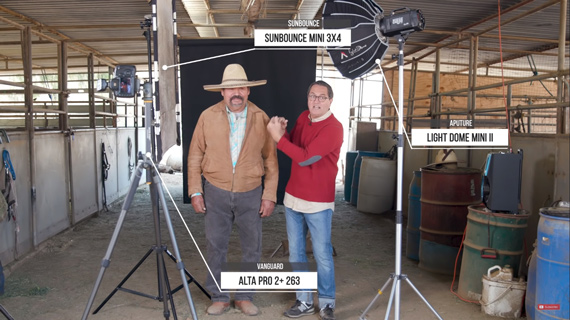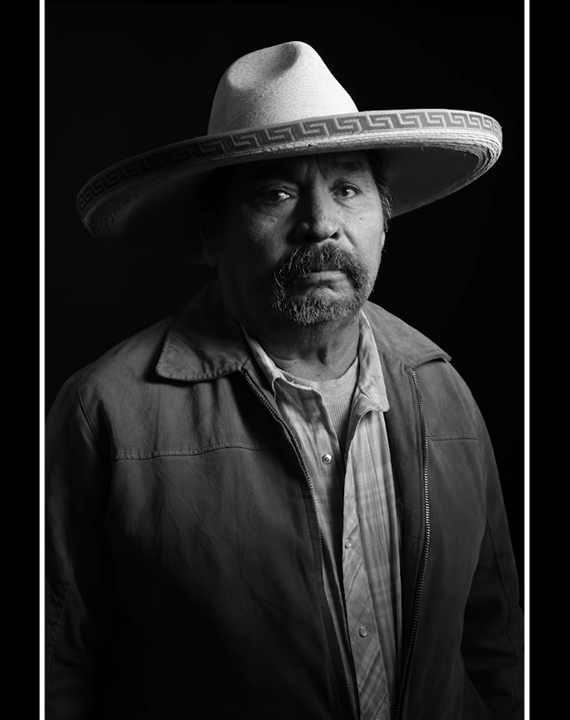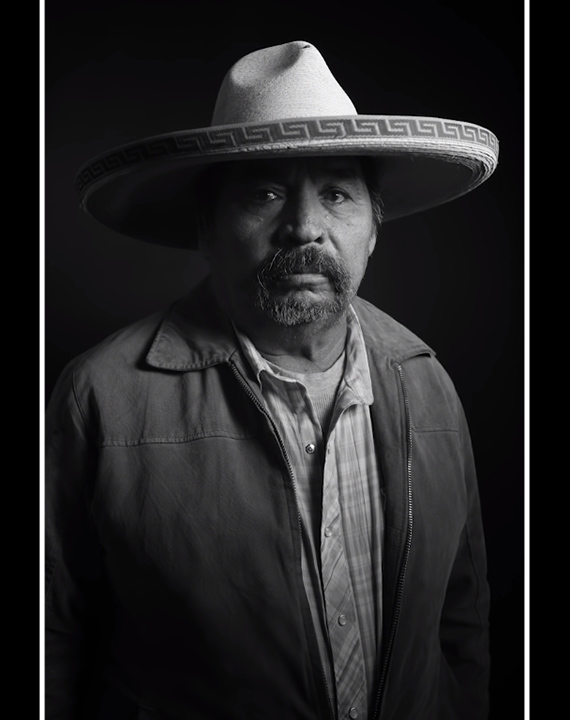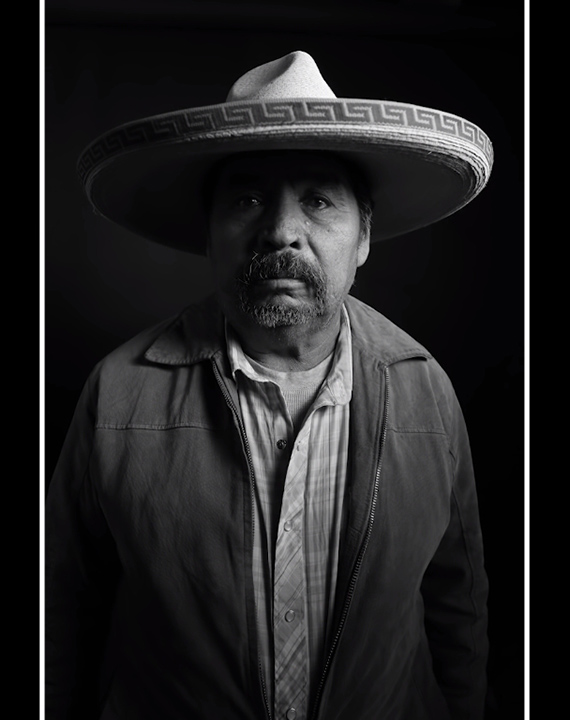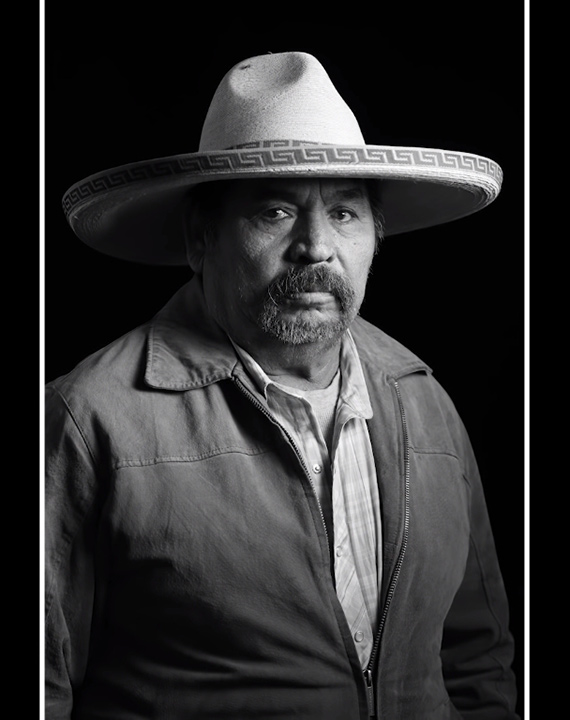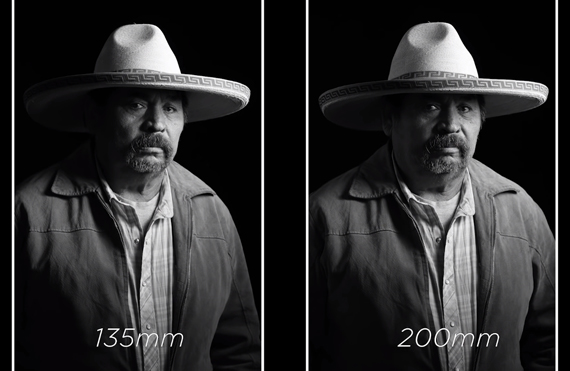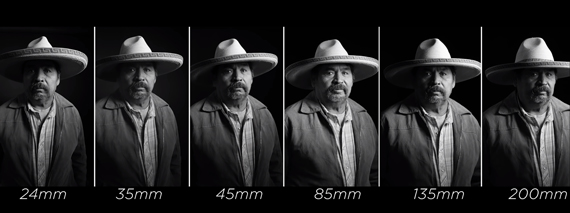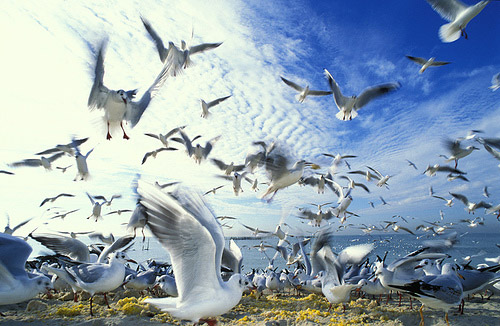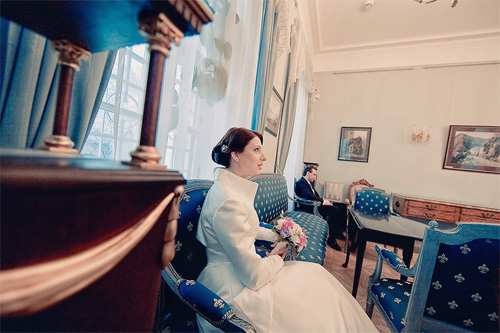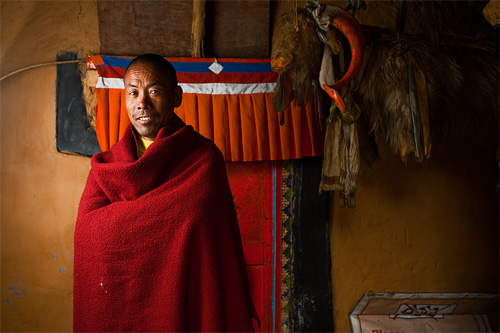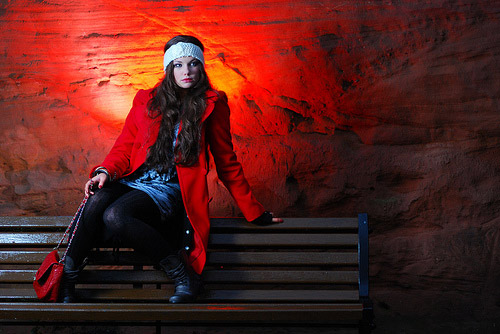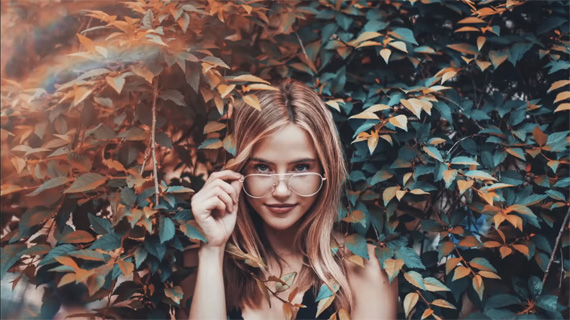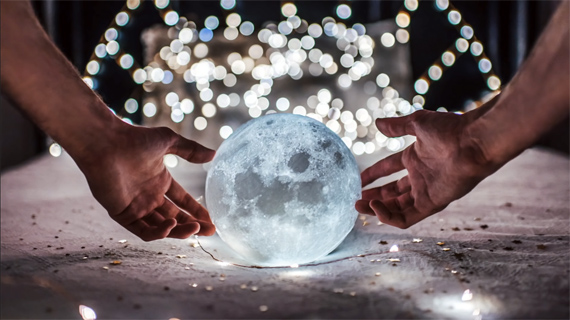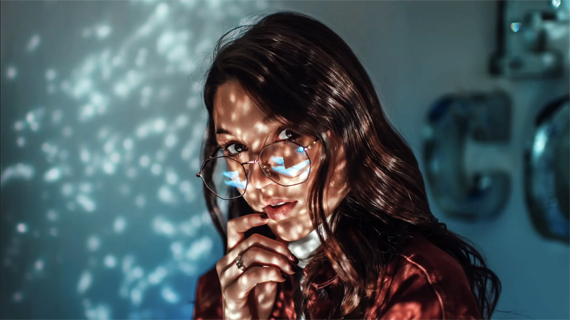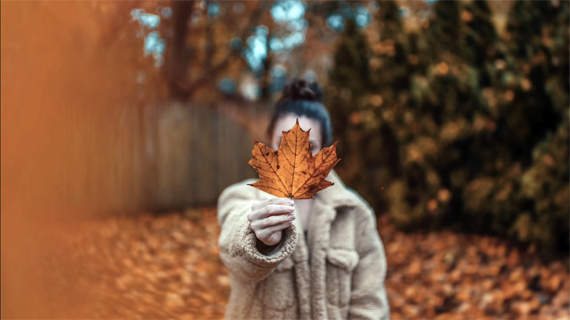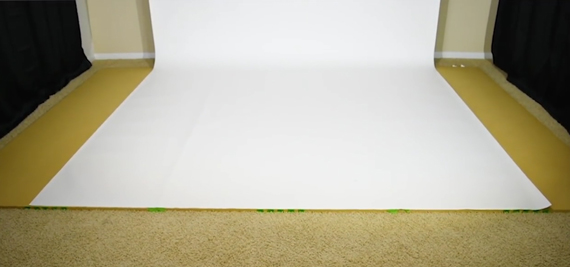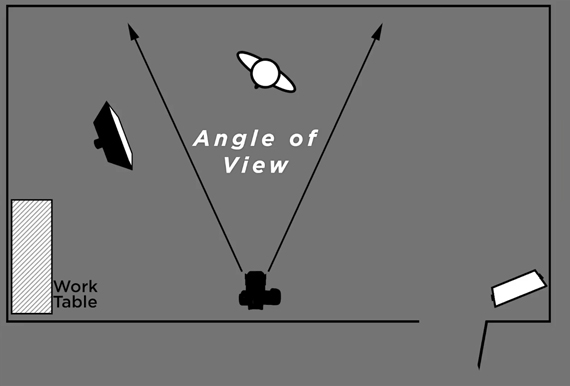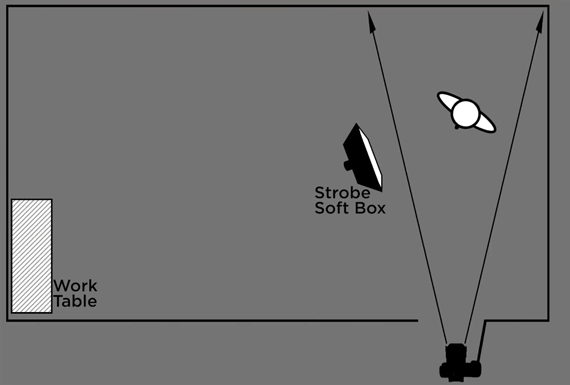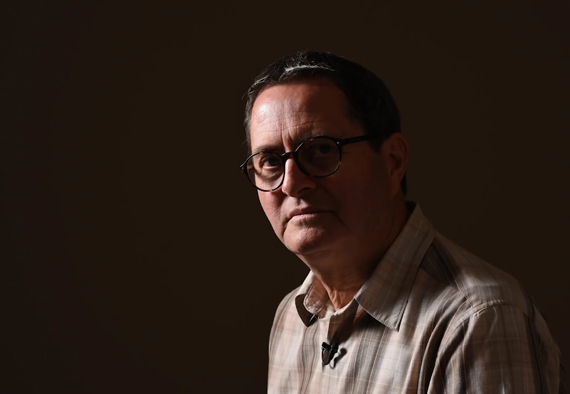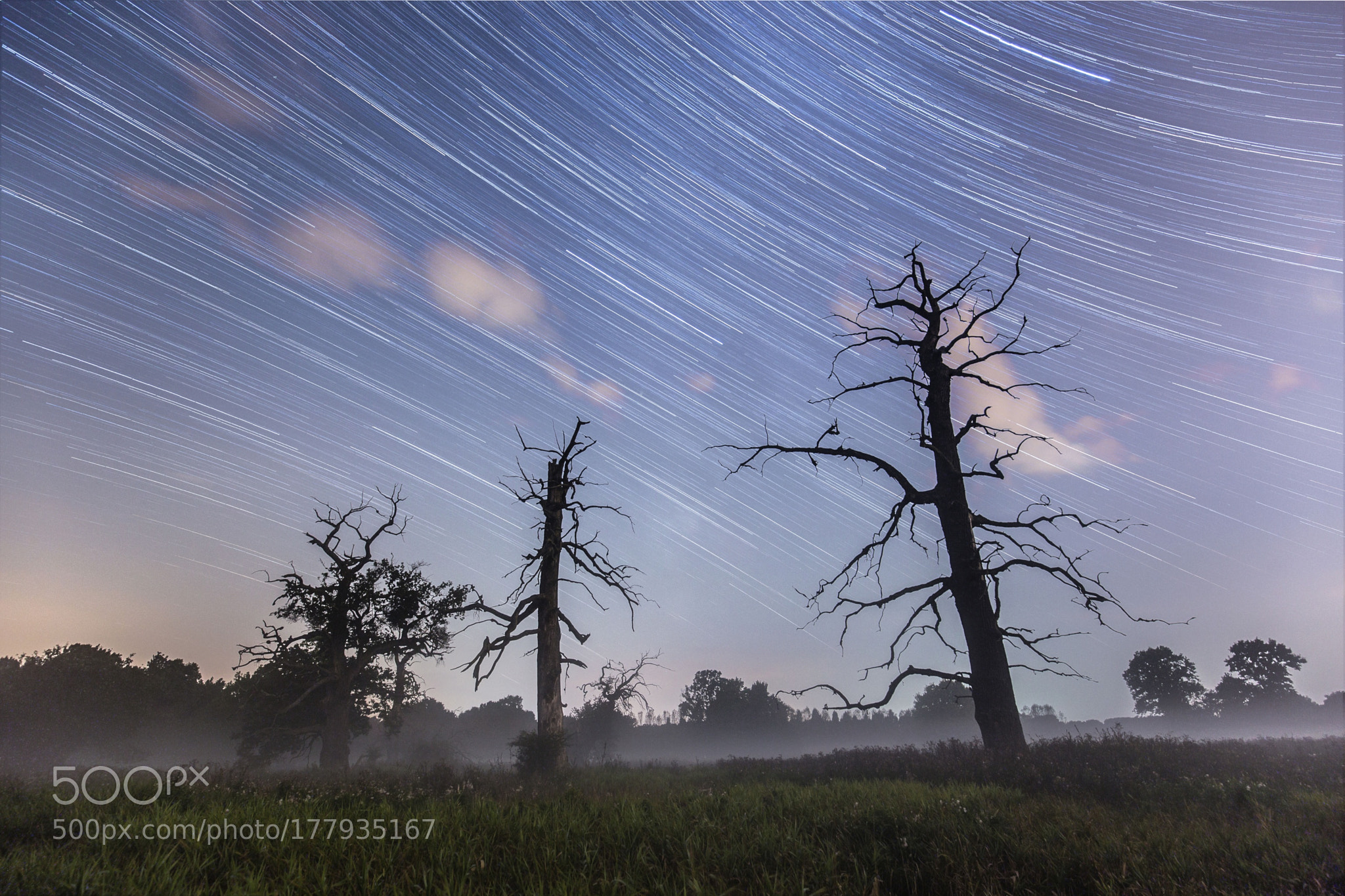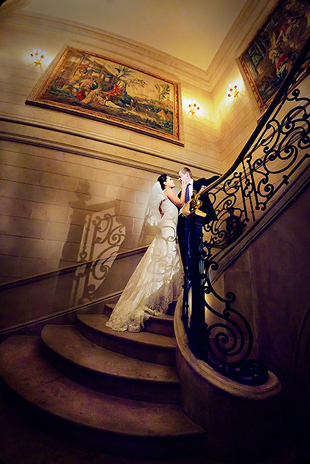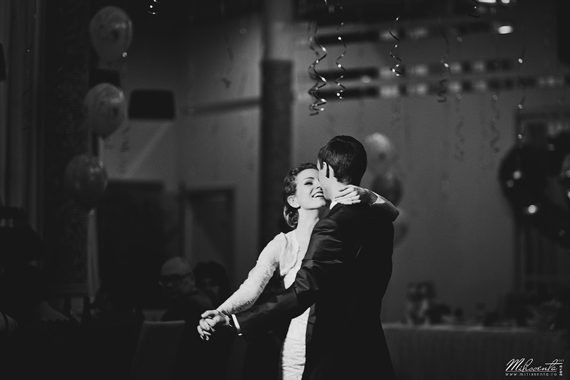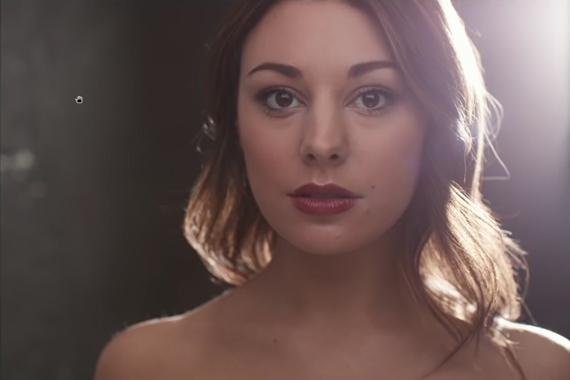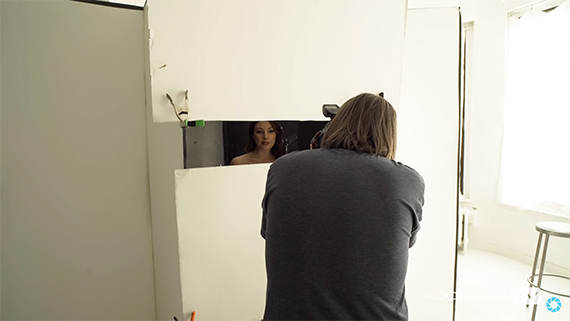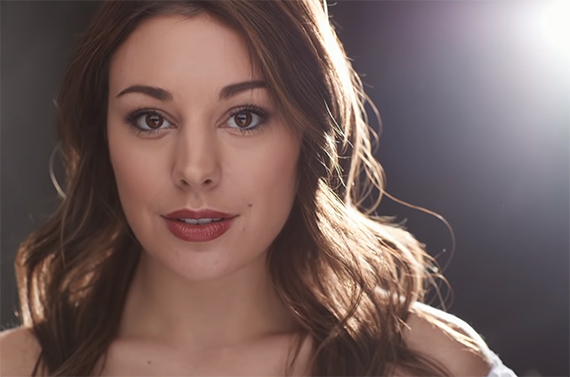While doing some research to write this post, I went looking for some of my photos on the web, and it was just…wow! Using the Google reverse image search engine, I could locate where some photos of mine were being used. I only spent time looking for three photos (some that I knew were popular) and I found about 50 websites using them—most of them travel companies offering tours in Southeast Asia. The companies, of course, took them without even asking. No, I won’t name names; there are way too many of them! Let’s not even talk about Chinese websites gathering any kind of photos from anywhere on the same page. I just don’t get it. But this is my most stolen photo, and, my, what some websites did to it!
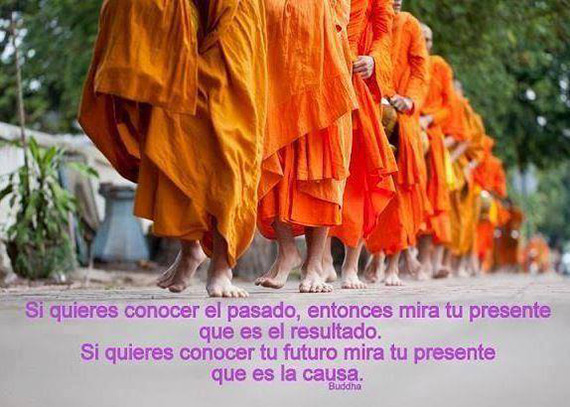
Seriously guys? Pink font?
You will note that due to some bad cropping, I do have a lot of space to add a massive watermark! (That was a joke to myself, I will laugh in my sleep.)
Now I know that some of my photos are being used for some “inspirational bullshit quotes,” you know? The photo that is surrounded by some quote by Gandhi or Buddha or something like that? Yes, plenty of that crap around the web! Like this one, a photo I took in Ha Giang two years ago:
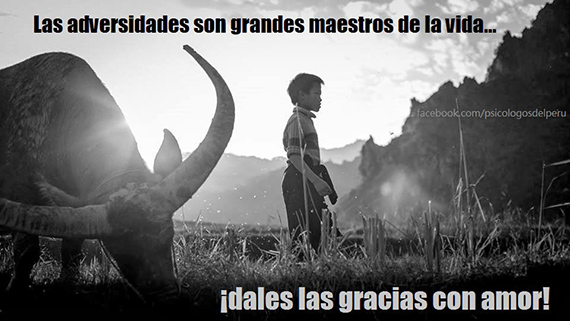
Gracias for stealing my work! I had to lay down in mud for that one!
The search made me realize how watermarking our images is a very important topic that I only briefly discussed with some of my (amazing) students last week in Laos. So I am also quite new to the subject. But now let’s look at the pros and cons.
Pros
- Watermarking gives you exposure when photos are shared. As your name is on the image, people will know about you. Logical isn’t it?
- Watermarking protects your work. People won’t be able to steal your work, as your name is on it. And surely people do not know how to remove your watermark, right?
I guess that’s it for the list of pros. Now let’s look at the cons!
Cons
- Adding a watermark to your photo distracts the viewer from the main subject. (As Trey Ratcliff says, it “gets in the way of art.”) I just want to temper this one. While this can be obvious for a photographer who looks at images a different way, I do not believe it is a problem for the average viewer.
- Watermarks can look ugly. Even with a nice looking font. Yes, believe me, they’re ugly. I will not hide the fact that I used to add a watermark to my photos in Papyrus font some years ago. Yes, Papyrus font. You read me right. We all have our dark secrets!
- Also, do people even bother reading the watermark? When it is small in a corner, I am sure less than 5 percent of people actually read it. So what exposure, again?
- I do find it a little pretentious to add a watermark, like the photographer is more important than the subject. I discussed this point with my students last week. If you are a photographer creating something quite unique, being able to reach locations that no one else does, or having access to super duper backstage, then you may want to protect your work. But that’s what? One percent of photographers? I do not want to sound patronizing here, but who are you to protect your work? Someone creating awesome art or posting photos we have seen a million times before? I mean, a sunset is just a sunset. An orange ball in the sky. You want to protect that?
Some services can help you track your images. Google reverse image search will help you find who has used your photos. That’s one way to protect yourself without adding anything distracting on the photos. It takes a little longer though, believe me! But it’s an awesome tool; I suggest you have a try. I did spend all day yesterday on it—it was quite fun, actually.
Finally, and this probably the most obvious, watermarking your images will not protect them from thieves. Two minutes of photoshopping and it is gone. Unless your watermark takes half of the photo, in which case I do not think this article is for you. Close your web browser. That’s it. Thanks.
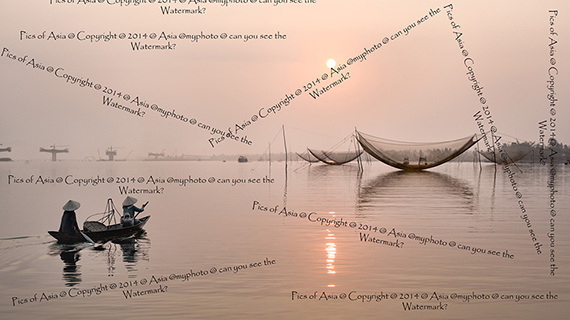
Watermarking will not protect your photos from thieves.
If you really want to protect your images, each country has its own copyright laws. There are some international copyright offices you can sign up and subscribe to and put photos in their registry so they are “protected.” I’m not sure how they work though… Plus, that takes time and money. It may be useful for your “money shots”—the ones you’re selling by the hundreds and generating a real revenue.
Conclusion
I do not believe there is an answer for this topic. Everyone is working in different fields of photography and will have different needs in term of protecting their work. I personally do not like watermarks, as I find them distracting. After all, I am first a photography instructor and often doing photo critics, where every detail on the picture counts.
I do tend to trust people (this is a mistake I have been told), and I believe photos will be stolen by fake photographers or unethical corporations, not commercial business with ethics. This is not really relevant to me as I live in Asia, and local businesses need to be educated concerning copyright laws, but for you reader, that might be relevant.
But hey, maybe all these websites would not have stolen my photos if I had a watermark on them?
You know what? If that was the case, they would have found other similar pictures and stolen them. The only difference is that the person they would have stolen from would not have done the research and would not know about it. So I will keep not watermarking my photos, let awful businesses steal them, and then chase them down with the help of my lawyer! This might help educate the Asian corporate world. I like challenges, you see!
Of course, I am now restricting the locations where I publish my photos. I used to try and be on several stock photography websites, plus social media, Flickr, etc… I am now only (daily) posting on my Facebook page and Google+, and I do resize the photos quite small for that. The big size photos only go to my website, on which people cannot take them (from what I know). If you are a hacker, please forget this last sentence.
As I said, I’m new to the topic, so I’m looking forward to reading your comments below.
About the Author:
I am Etienne Bossot and I am delighted to take you on an amazing journey through stunning locations in Southeast Asia while sharing my passion for photography. For the past four years I have been teaching thousands of people at all photographic levels. I am also a commercial and wedding photographer in Southeast Asia.
Go to full article: The Pros and Cons of Watermarking Your Photos
What are your thoughts on this article? Join the discussion on Facebook
PictureCorrect subscribers can also learn more today with our #1 bestseller: The Photography Tutorial eBook
The post The Pros and Cons of Watermarking Your Photos appeared first on PictureCorrect.
from PictureCorrect https://ift.tt/2T8xTD2
via IFTTT






